At a ceremony honoring social workers on March 14 this year, Mohammad Shariatmadari, Iran’s minister of labor, cooperatives and social welfare, made the surprising claim that "80 percent of working children came to Iran from abroad".
"Iranian working children are a social harm,” he went on, “that would not have been created if the government had supported children with welfare policies. Even when we give children vocational training they still go back to the streets, because their income at the crossroads is higher. Our efforts are focused on ending the source of this social harm."
Is Shariatmadari's claim that 80 percent of working children are foreign nationals true? This report seeks to answer that question by taking a long view of all the available evidence, going back five years.
Working Children: Iranian or Non-Iranian?
Statistical organizations inside Iran have not published any official report that provides a clear or credible picture of the situation of working children in the country. The most authoritative document comes from the Ministry of Labor’s Statistics and Strategic Information Center, and was published in 2020.
This report says that out of 378,119 “employees” aged 10 to 17 in the country in 2017, 82.3 percent were boys and 17.7 percent were girls. About 29.3 percent of these children worked in agriculture, forestry and fishing, 19.5 percent were in industrial production, 12.7 percent worked in construction, and 0.8 percent were employed in electricity, gas and air conditioning. Another 37.8 percent were “undeclared” – presumably working in the streets.
The report does not provide an accurate picture on the number of working children, as it only addresses those children who had already been assisted and trained by Iran’s Welfare Organization. In 2017 a total of 5,152 working children were supported by the Welfare Organization, compared with 9,287 in 2016.
As a rule, children trained by the Welfare Organization are those that have been taken off the streets after being previously engaged in begging, garbage collection and peddling. They are not counted as employed children. Meanwhile, in the same report, 88,533 children aged 10 to 17 were described as “looking for jobs” in 2017.
A separate report published by the Center in February 2018 addressed the demographic characteristics of foreign nationals in Iran. This report, which was based on the results of Iran’s 2016 census, stated that 17.7 percent of 10- to 14-year-olds, as well as 9.7 percent of 15- to 24-year-olds, were non-Iranian citizens.
The total population of Iran aged 10 and over is 1,273,211, of which the population aged 10 to 14 years, standing at around 190,454 or 15 percent of the total, is the largest single age group.
It should also be taken into account that out of a total of 560,040 foreign nationals then living in Iran, 21,394 were described as unemployed. Although it is not clear how many of them are under the age of 18, a significant proportion of these are likely to be school dropouts, who will count towards the number of non-Iranian working children on the city streets.
Taken together, the so-far published official statistics indicate that the population of non-Iranian children working in Iran is about 20 percent of the total number. The unofficial and anecdotal figures, however, are somewhat different.
What do the Officials Say?
"We have about 8,000 working children in Isfahan, 50 percent of whom are citizens," Mohsen Niroumand, director-general of cooperatives, labor and social welfare of Isfahan province, said in 2019 at Iran’s Seventh Specialized Conference on Children’s Rights.
Habibollah Masoudi-Farid, the social deputy head of the Welfare Organization, also said in April 2018: "According to surveys, about 60 to 70 percent of working children in Tehran are non-Iranian and across the whole country, about 50 percent of working children are not Iranian."
Vahid Ghobadi Dana, the head of the Welfare Organization, said in July 2019 that 80 percent of working children in the country were non-Iranians, adding: "Many of these children are smuggled into the country for exploitation, which requires that the security agencies deal with these gangs decisively."
Farzaneh Marvasti, the director-general of the Tehran governor's office for social and cultural affairs, has put the number of non-Iranian working children in Iran even higher, saying: "Information from the first phase of locating working children in Tehran showed that out of 381 children found, only 14 percent were Iranians and the rest were foreign nationals."
These anecdotal figures disagree completely with those so far documented in statistical organizations’ reports. But together, they appear to support the minister of labor’s claim.
Why Could Mohammad Shariatmadari's Claim be Valid?
As mentioned above, no truly useful statistics are available on the number of working children in Iran and the percentages of Iranians and non-Iranians among them. Based on what we know about the situation of child workers in Iran, however, there are a number of underlying factors that suggest Mohammad Shariatmadari's claim could be valid:
1. Children are the principal victims of human trafficking in the Middle East and South Asia. A 2020 report by the United Nations Office on Drugs and Crime found that, unlike most parts of the world, where women are the main victims of modern slavery and trafficking, in this region children are the largest group being trafficked to other countries for forced labor.
2. Iran has become a destination country for human trafficking. The US State Department’s 2020 report on human trafficking in Iran found that in addition to being a country of origin and transit, Iran is now an end-point for people-smugglers. "Iranian and Afghan street children are exposed to forced labor in Iran, and experts believe that child trafficking is on the rise in Iran," the report said. "Most of these children are said to be between the ages of 10 and 15, and the vast majority of them are foreigners and have no identity documents."
3. Iran is on the human trafficking route from Pakistan to other countries. Pakistan is one of the regional centers of human trafficking, and a 2019 report by the National Initiative Against Organized Crime in Pakistan, which examined this issue, published a map showing the main routes through which women and children were trafficked from the country. Most of these corridors passed through Iran, where many victims are in turn forced to work.
4. According to the 2018 Global Slavery Index, Iran is among the 10 countries in the world with the highest prevalence of modern slavery. The International Labor Organization estimates that 40 million people are victims of modern slavery worldwide, of which 25 million are victims of forced labor, and children make up the largest proportion of victims.
Based on all of the above, the claim that 80 percent of working children in Iran are foreign nationals could be a valid one. Iran is reportedly one of the top countries in the world for highest rates of modern slavery, and a known destination for human trafficking.
Conclusion
Minister of Labor, Cooperation and Social Welfare Mohammad Shariatmadari has claimed that "80 percent of working children come to Iran from abroad."
The number of working children in Iran, and their respective nationalities, cannot be determined from the published official statistics. The Ministry of Labor’s figures indicate that non-Iranians account for about 20 percent of working children, but it bases its findings on those children already in contact with the Welfare Organization.
Anecdotal reports place the proportion of non-Iranian working children at between 50 and 80 percent. Iran’s known position as a destination and hub for human trafficking from Pakistan and other countries, and as of the top 10 countries in the world for prevalence of modern slavery and forced labor, mean these figures might well have a grain of truth in them.
Despite this, the fact is that the overall total is not known, and the 80 percent figure has never been substantiated. IranWire therefore categorizes the minister’s claim as “Manipulating the truth”: a case where certain facts may be used out of context to imply a different unprovable or inaccurate point.
You can learn more about our fact-checking methodology here.
Read other articles in this series:
Fact Check: Did Ayatollah Sistani Object to the Normalization of Arab-Israeli Relations?
Fact Check: Are Vaccines Part of America and Britain’s Devious Plans?
Fact Check: Iranian MP Promotes a Lie About Bill Gates and Vaccines
Fact Check: Is Iran Interested in Uniting Different Kurdish Groups?
visit the accountability section
In this section of Iran Wire, you can contact the officials and launch your campaign for various problems












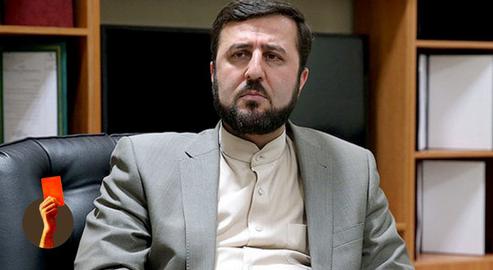

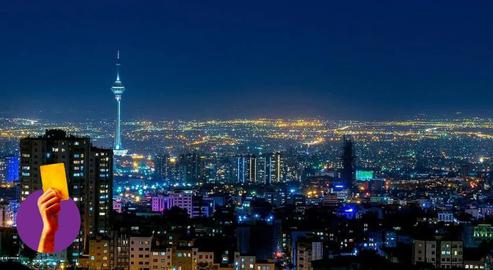
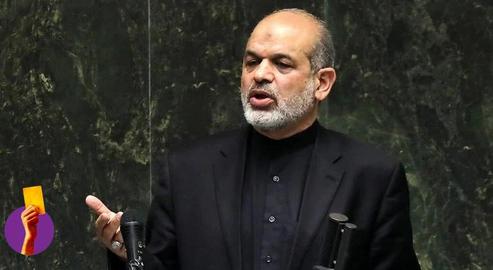
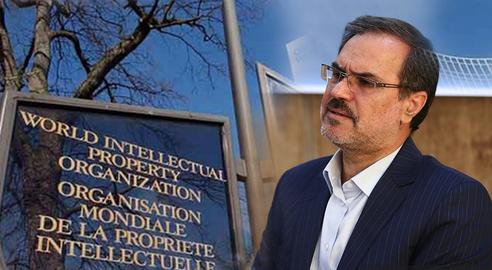

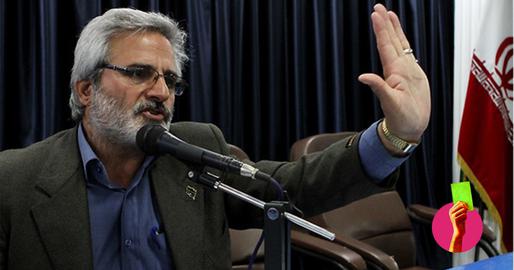
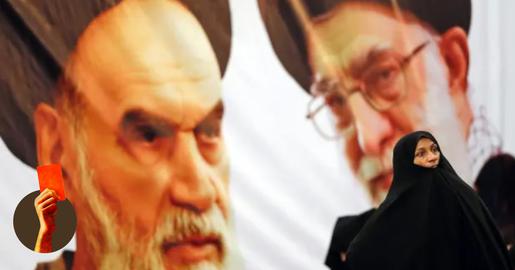
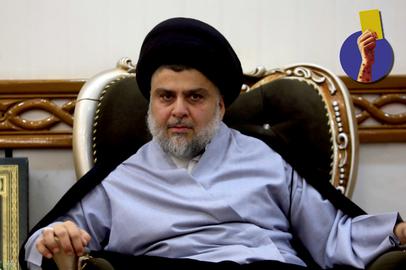
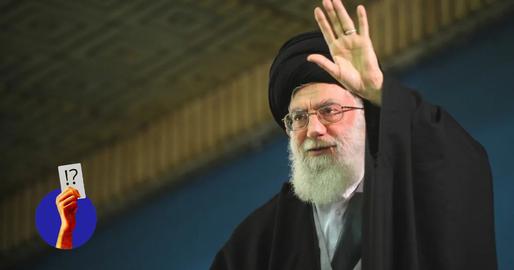
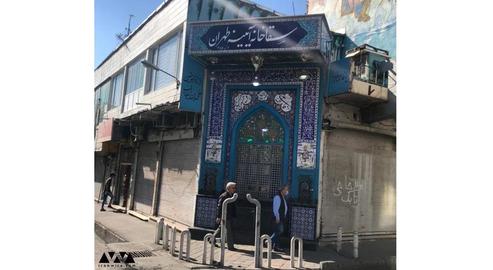
comments